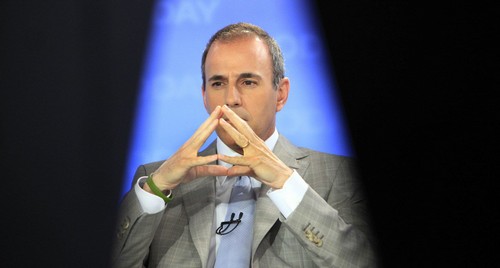That’s lower than the 7.3% GDP growth recorded in the corresponding quarter a year ago but higher than the 5.7% expansion-a three year low-in the April-June quarter.
India’s GDP grew at 6.3% during the July-September quarter, the country’s Central Statistics Office reported on Nov. 30.
After being under severe stress for the last few quarters, Asia’s third-largest economy has managed to stage a recovery.
The latest GDP data comes as a major respite to the Narendra Modi-led government, which had been receiving flak sending the economy in a tailspin as a result of demonetisationin November last year, followed by the introduction of the Goods and Services Tax (GST) in July.
“This (GDP growth) indicates that the significant impact of two structural reforms-GST and demonetisation-is now behind us and hopefully, in coming quarters, we can expect upward trajectory”, finance minister Arun Jaitley said after the GDP numbers were announced.
More good news trickled in today (Dec. 01), as the Nikkei India Manufacturing Purchasing Managers Index (PMI), an indicator of growth in the sector, rose to a 13-month high. In November, manufacturing companies witnessed an increase in orders and export demand, and hired more people, pushing up the rate of job creation during November to the fastest pace since September 2012.

In November, the Modi government had also got a shot in the arm from credit rating agency Moody’s, after it upgraded India’s ratings after a gap of 13 years. Both demonetisation and GST may have put India’s economic growth under stress in the short-term, but the reforms will be worthwhile in the long run, Moody’s argued.
Still, the Indian economy is far from complete recovery.
Agriculture, services sector, trade, hotels, transport, defence, and finance saw a slower growth in the September quarter compared to the previous quarter, and private consumption growth has also remained sluggish, suggesting weaker rural demand due to lower crop production, stated a report by Nmoura. Moreover, export demand has remained subdued and can effectively drag down the GDP growth in the coming quarters.
At the same time, government spending has slipped to 4.1% in the September quarter, compared to 17.2% in the June quarter.
This is a result of the government pulling back on spending in order to meet its budgeted fiscal deficit target, brokerage firm Nomura said in a report. The Modi government has set a target of containing fiscal deficit-when expenditure exceeds revenues-for the year at 3.2% of GDP. However, between April and October, it had already breached about 96% of its full year target. The government also noted that there is likely to be some shortfall in indirect taxes, which may put additional pressure on earnings and further hamper growth in the way of reduced spending.
After a year of painfully slow growth and a major tax reform, the worst may finally be over for the Indian economy.


